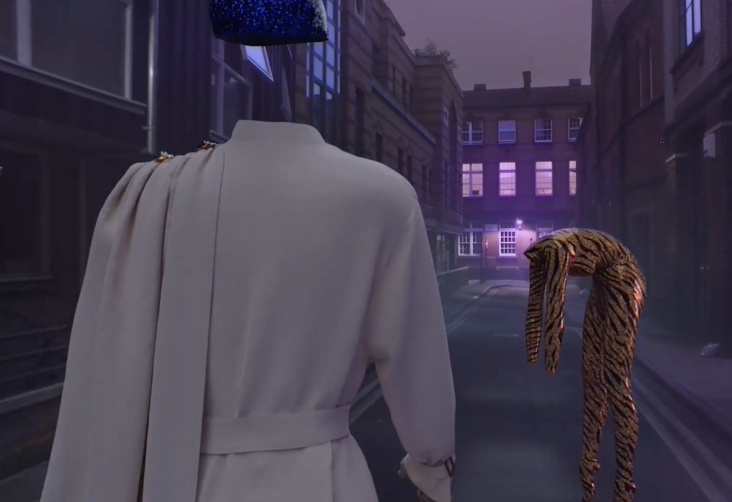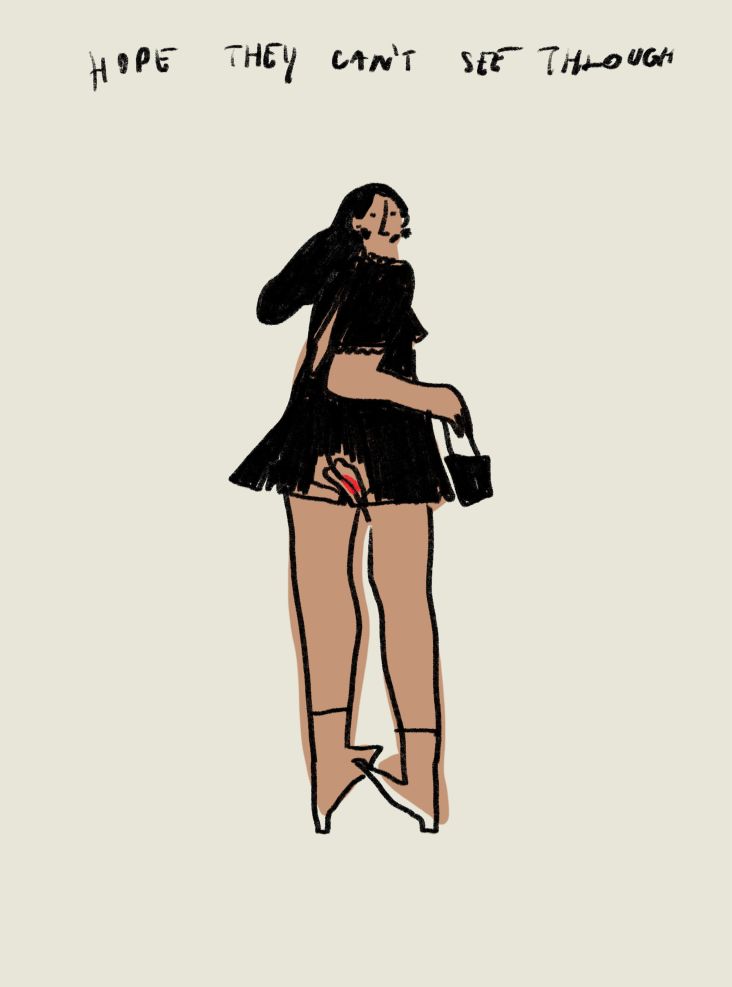Can an online academy replace university degrees?
Is university the best way into the creative professions? Many people are increasingly questioning this assumption and asking if it's really necessary to take on an average £30K of debt, not to mention the financial loss of spending three to four years away from the workplace.

Image licensed via Adobe Stock
Many youngsters are lured by the fun aspects of higher education: the mingling with like-minded souls, the societies for those with shared interests, the events and parties. But in the last 12 months, all that has vanished.
"Right now, during this pandemic, you'll not be getting this 'university experience', and it looks unlikely to return," says Issy Pleasance, a first-year graphic design student at Edinburgh University. "I was really looking forward to messing around in the studio and talking to my tutors. That's something we've not been able to do, and it's been pretty rough. I wish I'd had more help along the way. It feels quite guideless. It sometimes feels like a glorified online course."
But it's impossible to get a job in the creative industries without a degree, right? Well, that's not the case.
Unfit for purpose
Speak to the heads of design agencies big and small, and they'll always tell you the same thing. They don't really care whether you have a degree or not: they just care about your passion and skill. Indeed, many bosses are suspicious of design degrees that are big on theory but don't do a great job preparing you for the real world of work.
Stuart Watson, a founding partner of Nomad Studio, is typical when he says: "300,000 design graduates each year, and yet I struggle to find more than two that I can hire. I just don't know what happens to the rest of them."
As we wrote in our article Five predictions for creative jobs in 2021, we believe design degrees will continue to decline in importance over the coming decade for this reason. But then, what are the alternatives?
Alternatives to university
One alternative route into the creative industries is by getting an internship in the field you want to pursue. That way, you're learning on the job, and every single thing you do will be relevant to your future career. Internships are advertised on job boards, but it's also worth writing directly to studios you're keen to work with.
There are two main issues with pursuing the internship route into a full-time job. The first is that competition for these opportunities are very hard to come by. And the second is that they're not always paid, so you may need to borrow a lot of money, especially if you need to move to a big city like London. Read the article How to get an Internship in a Motion Design Studio for more information and insight on this topic.
Another way to train for a creative role is to learn by yourself. There are plenty of resources across the internet for online training, from Linkedin Learning to YouTube videos, and there are many examples of successful professionals who've come up this way.
However, you have to be incredibly motivated and disciplined to learn under your own steam. Another drawback is that you'll lack anyone to encourage you or point you in the right direction career-wise. Again, you'll know a lot of theory, but not necessarily how to translate that into creating the kind of work employers are looking for.
Created offers a third way between these two approaches. The online academy provides training for designers looking to get straight into the creative industries, that focuses on real-world projects rather than abstract theories. And you'll be guided by mentors who are working creatives themselves, and know precisely what skills you need to develop to meet employers' needs. In the words of Craig Campbell, a graduate of Created's Motion Design Professional course: "I wish I'd had this when I was at uni; I'd probably be in a different place now."
What does Created offer?
Created was launched directly in response to university students' not feeling equipped to join the workforce after graduating. While university courses tend to remain static over time, making them less in line with real-world needs, Created's shorter courses are flexible and stay up to date. Through its industry board, the online academy speaks to employers and asks them directly what they want. Then it develops its courses in partnership with them, to ensure they are well balanced in terms of the skills required.
Created currently offers two courses in UI Design: UI Design Foundation and UI Design Professional. These focus on design systems, digital branding, immersive storytelling and implementing assets and brands across devices – all the principles you need to add UI Design to your creative skill set
Created's UX Design Foundation and UX Design Professional courses lean on how the future of design depends on how we interact with technology and focus on design solutions, content strategy and interactive prototypes.
Created also offers Motion Design Foundation and Motion Design Professional courses. Motion design is a skill that's increasingly in demand, and in more places than you might have thought: read the article 5 Unexpected Industries which use Motion Design to learn more.
Besides pure software skills, these courses provide the holistic 'soft skills' that employers are looking for right now, such as learning how to communicate, process, technology and working practices. Students are taught directly by mentors and fulfil real industry briefs. Courses require 10-15 hours of study per week over nine months and are considerably cheaper than a university degree at just £4,750. And at the end, you'll emerge with a showreel or portfolio that's fully interview-ready.
Learn more about studying with Created here.





 by Tüpokompanii](https://www.creativeboom.com/upload/articles/58/58684538770fb5b428dc1882f7a732f153500153_732.jpg)

 using <a href="https://www.ohnotype.co/fonts/obviously" target="_blank">Obviously</a> by Oh No Type Co., Art Director, Brand & Creative—Spotify](https://www.creativeboom.com/upload/articles/6e/6ed31eddc26fa563f213fc76d6993dab9231ffe4_732.jpg)


](https://www.creativeboom.com/upload/articles/21/212b36fa1d576a9ea1aeb322ef0cffd6a5009e61_732.png)














